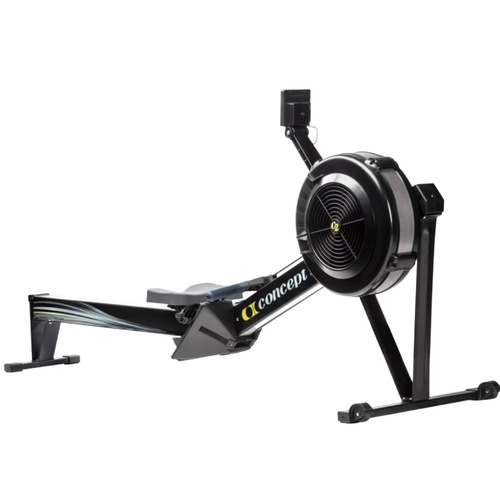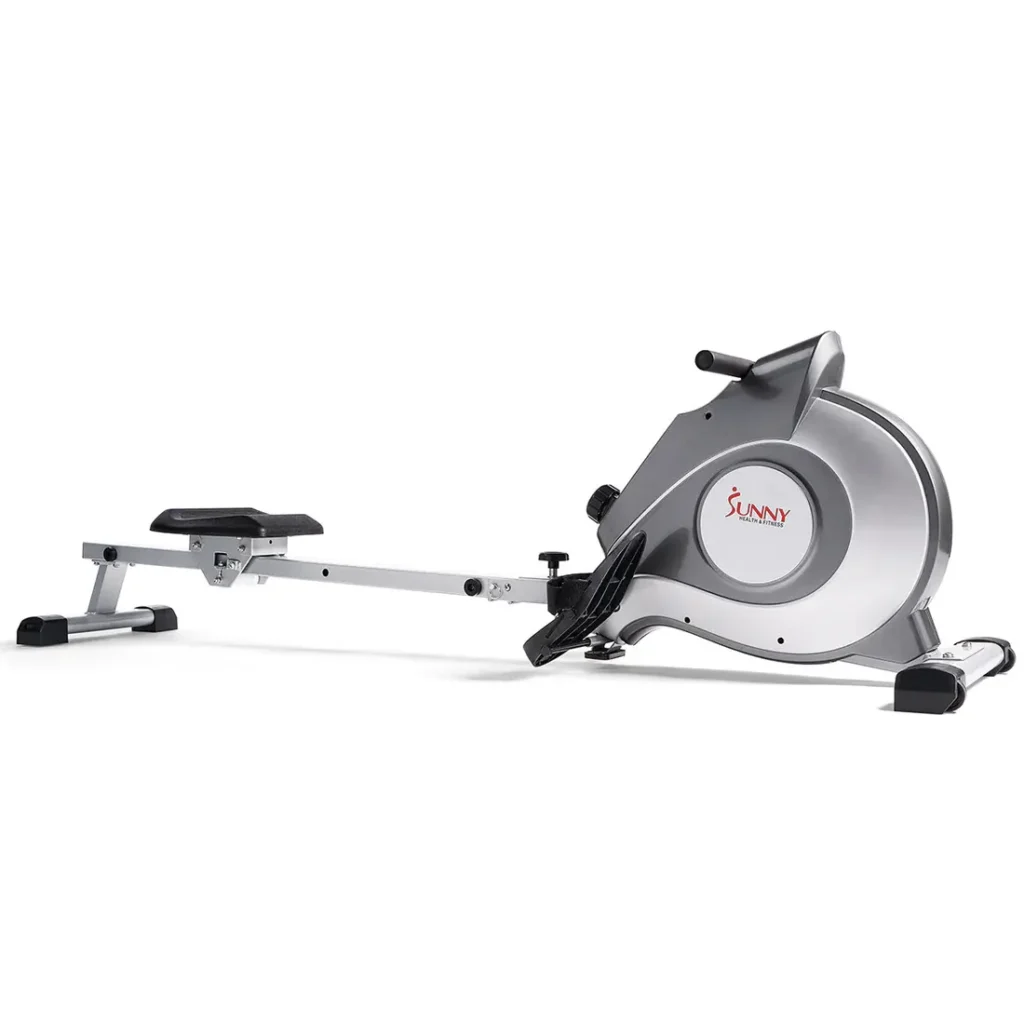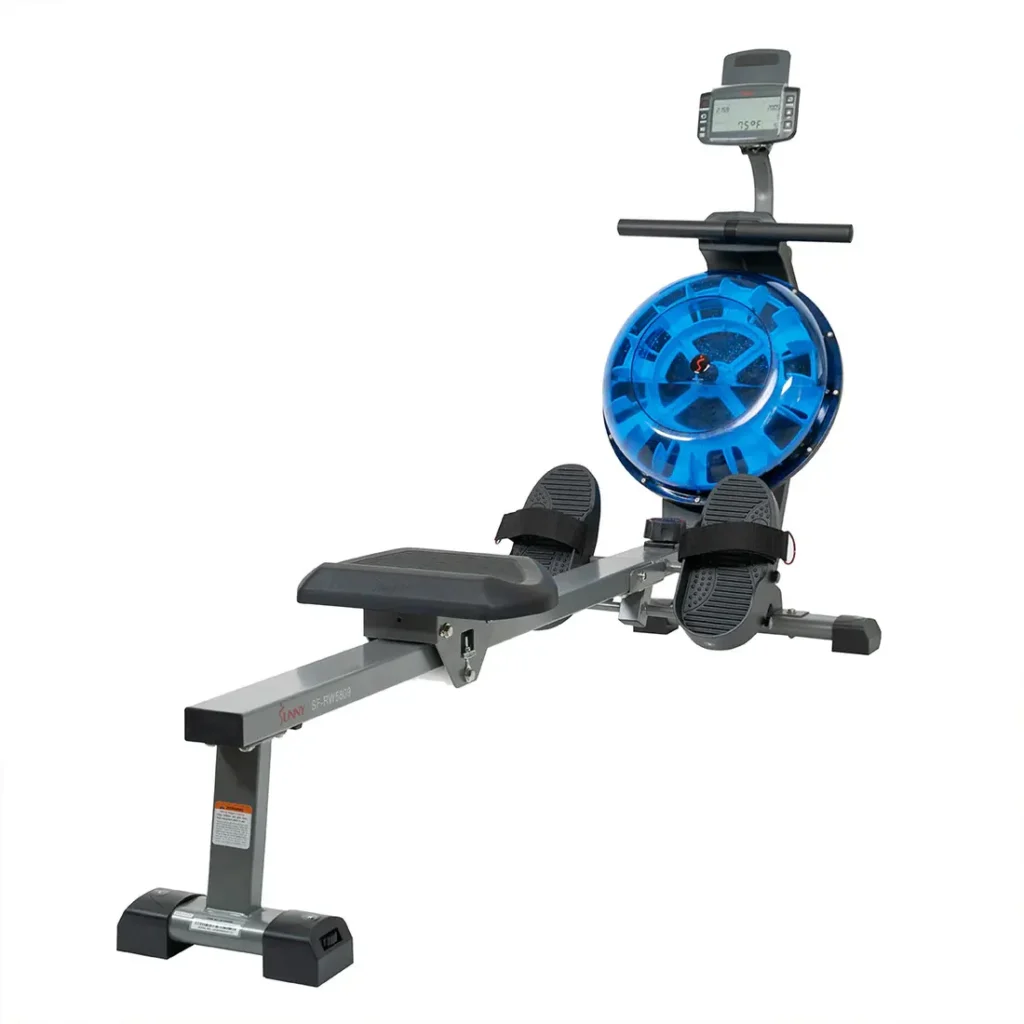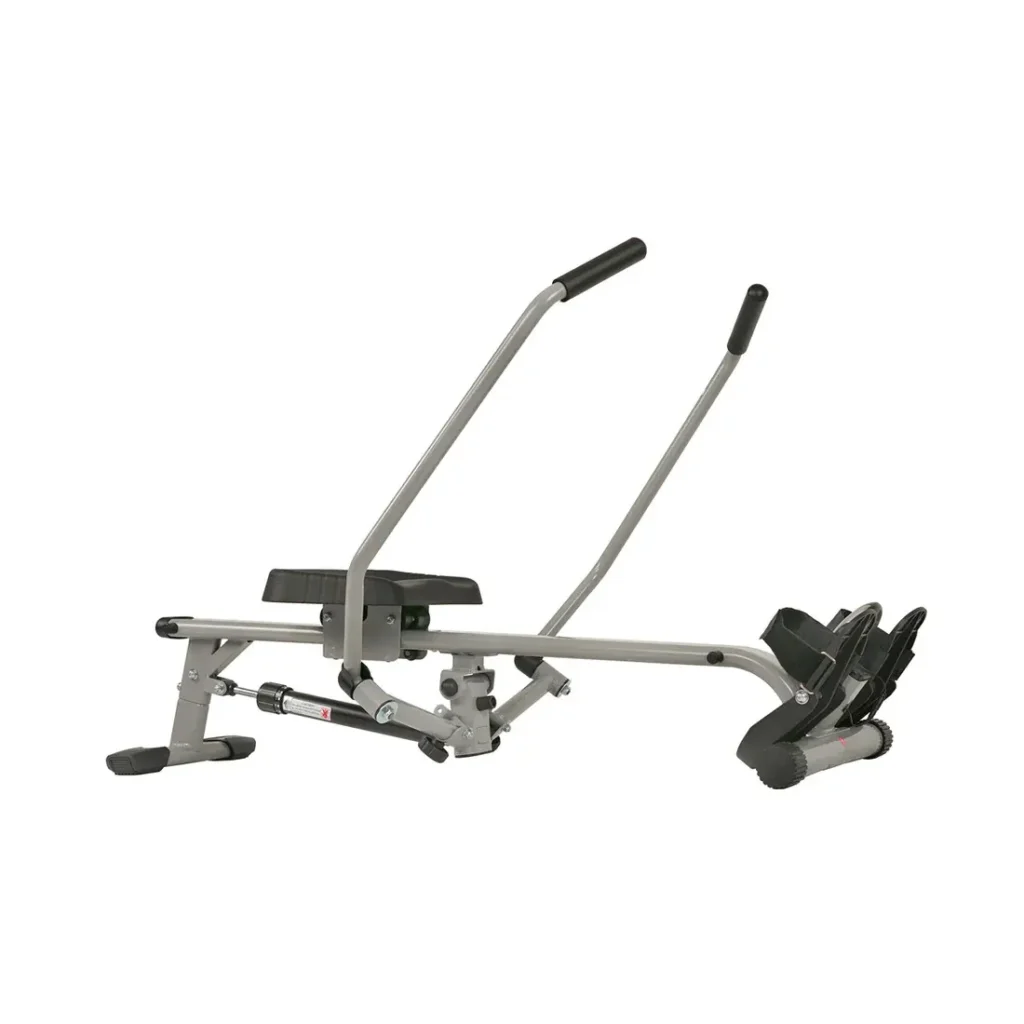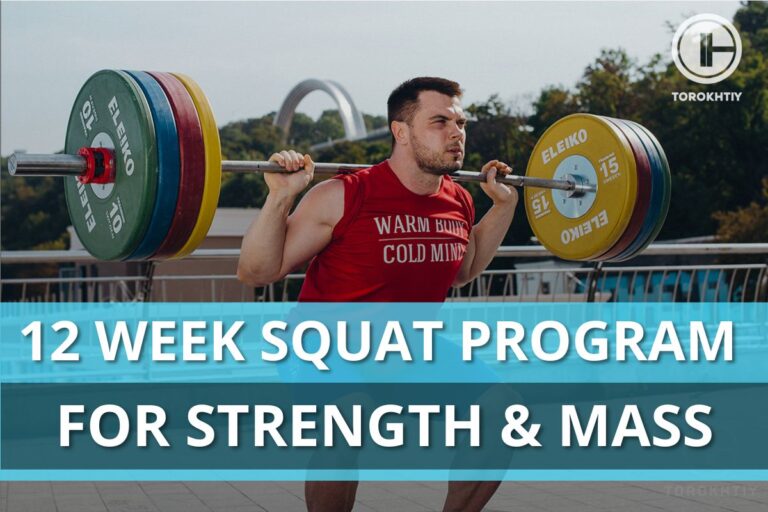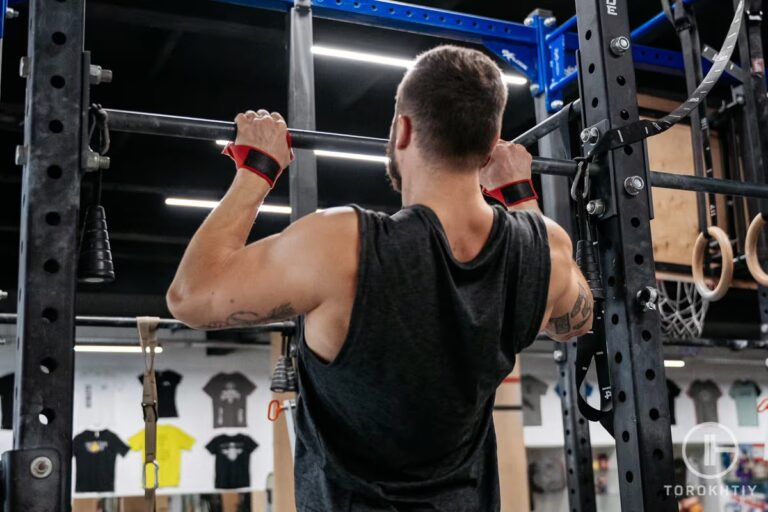Types of Rowing Machines: Breaking Down the Best Options
Puzzling over the types of rowing machines and how they work? You’re not alone. Navigating the sea of fitness equipment and different rowing machine types can be a daunting task. Understanding the different types of rowing machines is crucial in making an informed choice that aligns with your fitness goals and needs. So, hop aboard as we row through the details, ensuring you can confidently navigate the waters of your fitness journey!
The types of rowing machines are mainly determined by their resistance mechanism: hydraulic, magnetic, air, and water. Each of these rowing machine types offers varying levels of rowing machine resistance, catering to a range of fitness goals and preference. The choice depends on your goals.
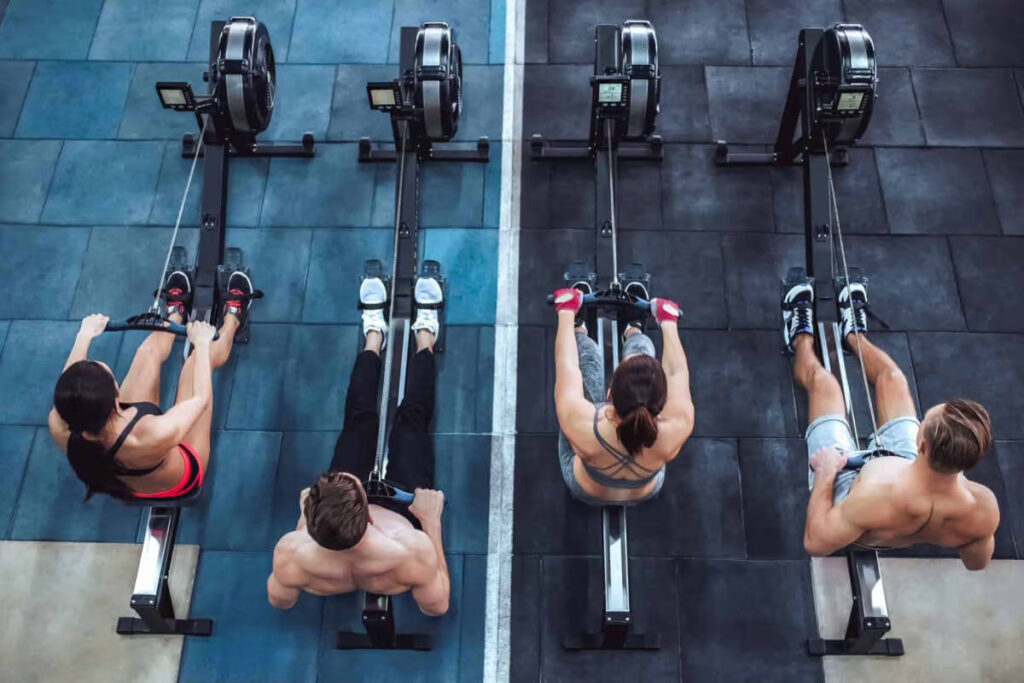
Main Types of Rowing Machines
- Air Resistance Rowing Machines
- Magnetic Resistance Rowing Machines
- Water Resistance Rowing Machines
- Hydraulic Resistance Rowing Machines
Hydraulic rowing machines are a popular option for their adjustable resistance, quiet operation, compact design, and affordability. They use hydraulic pistons to create a tailored workout experience, where as air or fan rowing machines deliver a realistic rowing sensation due to their use of a flywheel and fan blades to generate resistance. The intensity of this resistance increases with the force applied, making it a preferred choice among experienced rowers.
Water rowing machines, on the other hand, offer a similar principle to air rowers but use a water tank and paddle mechanism for resistance. The immersive, authentic feel of this type of machine makes it widely favored among both professional rowers and fitness enthusiasts alike. Much like the magnetic rowing machine which sets itself apart with a virtually silent operation and consistent resistance levels, regardless of rowing speed, thanks to the use of magnets.
Each type of rowing machine caters to different workout styles, fitness levels, and personal preferences, however, has its positives that will have a great impact on sports performance, as well as drawbacks, so understanding these differences is vital when choosing the right rowing machine for your needs. However, with any exercise, be sure to practice correct form.
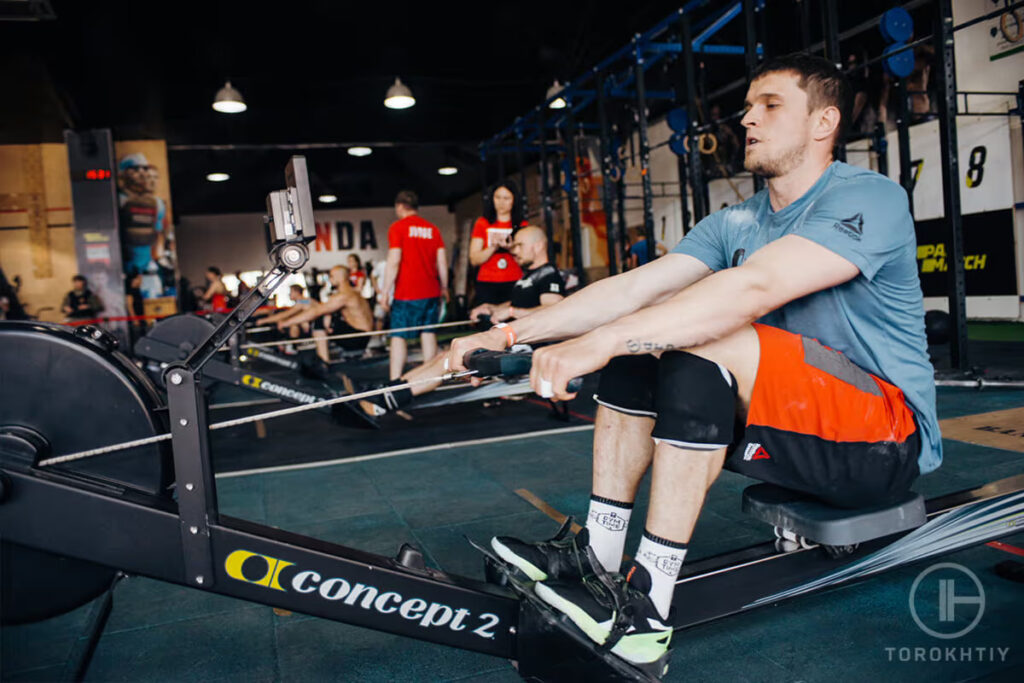
1. Air Resistance Rowing Machines
Air resistance rowing machines provide a unique workout experience that stands apart from other types of rowers. Here are some pros and cons to consider:
Positives:
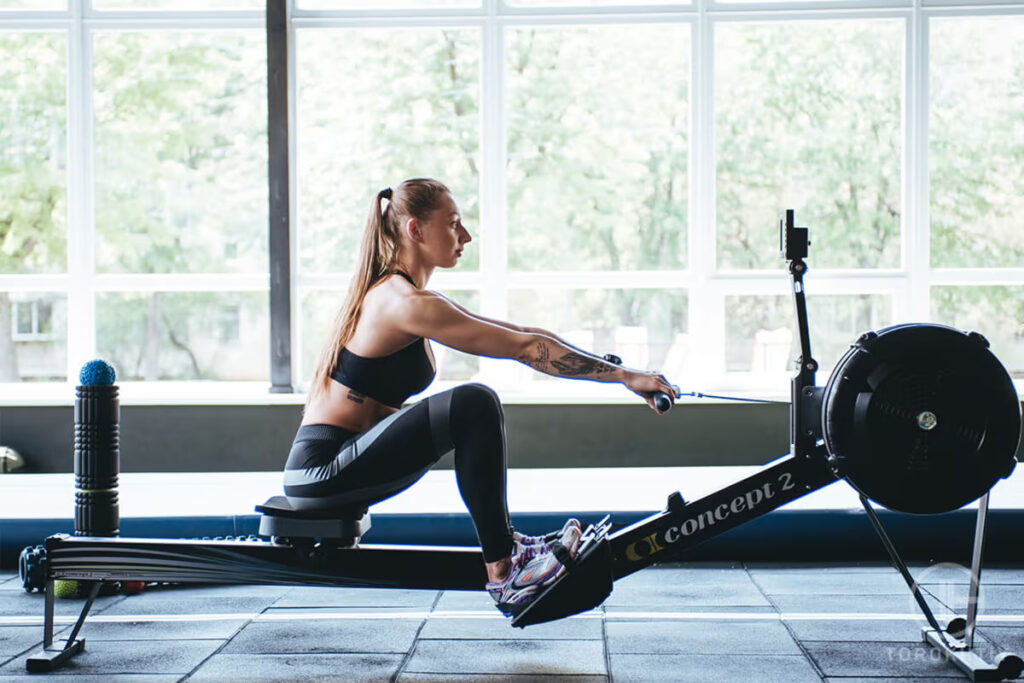
Could be better:
Our Recommended Product: Concept2 Model D Indoor Rowing Machine
The Concept2 Model D is an impressive piece of fitness equipment lauded for its durability and high-level performance. Constructed from robust aluminum with steel front and rear legs, it exhibits stability and can support users up to 500lbs.
The machine features a PM5 performance monitor that provides comprehensive, real-time workout data, storage capability, heart rate monitoring, and even interactive games. It prioritizes user comfort with adjustable footrests, an ergonomic handle, and a 14-inch seat height designed to enhance rowing posture.
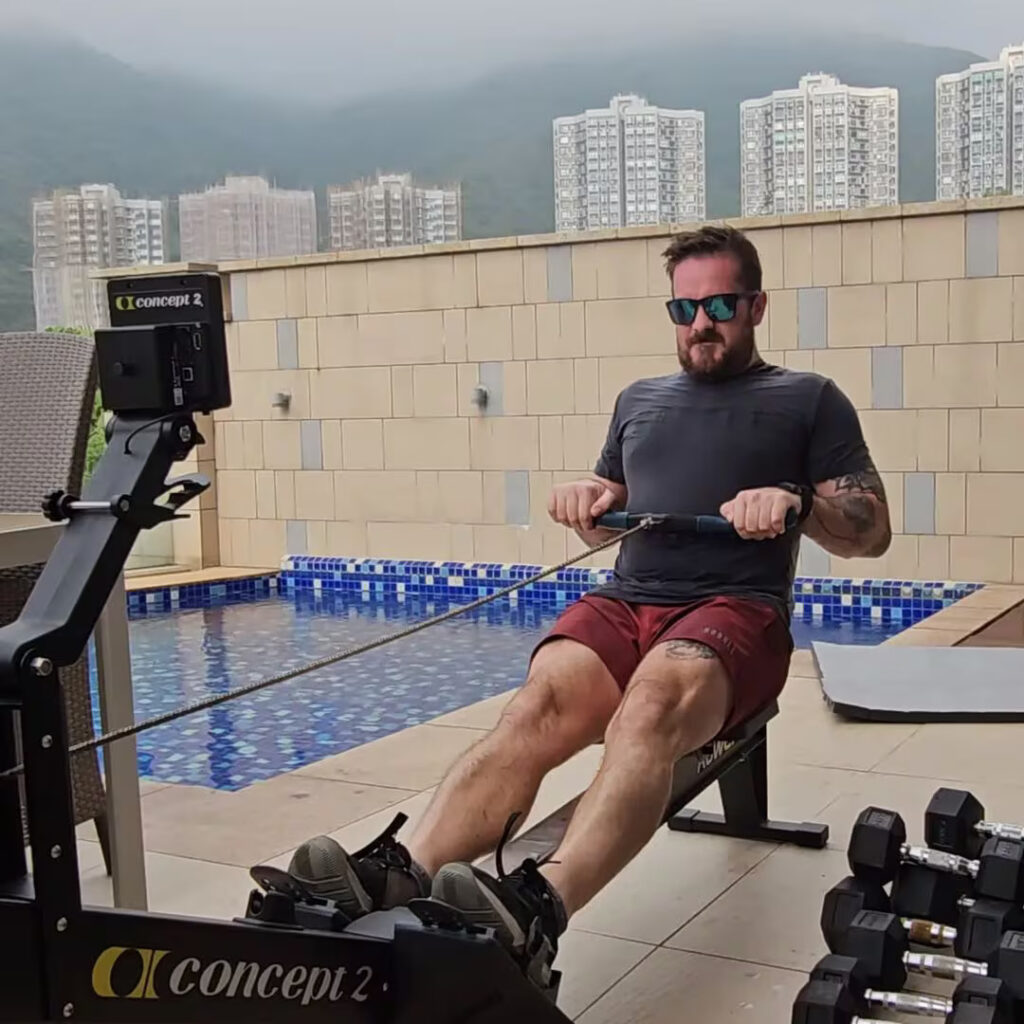
Despite weighing around 57lbs, the Concept2 Model D’s design is quite manageable, thanks to its quick-release frame lock mechanism and caster wheels for easy relocation and storage.
While it is priced higher than some competitors, its superior performance, durability, and extensive workout tracking capabilities make it a worthwhile investment for fitness enthusiasts and professional athletes.
2. Magnetic Resistance Rowing Machines
Magnetic resistance rowing machines are another popular choice, offering a distinct workout experience. Let’s examine some of their advantages and disadvantages:
Positives:
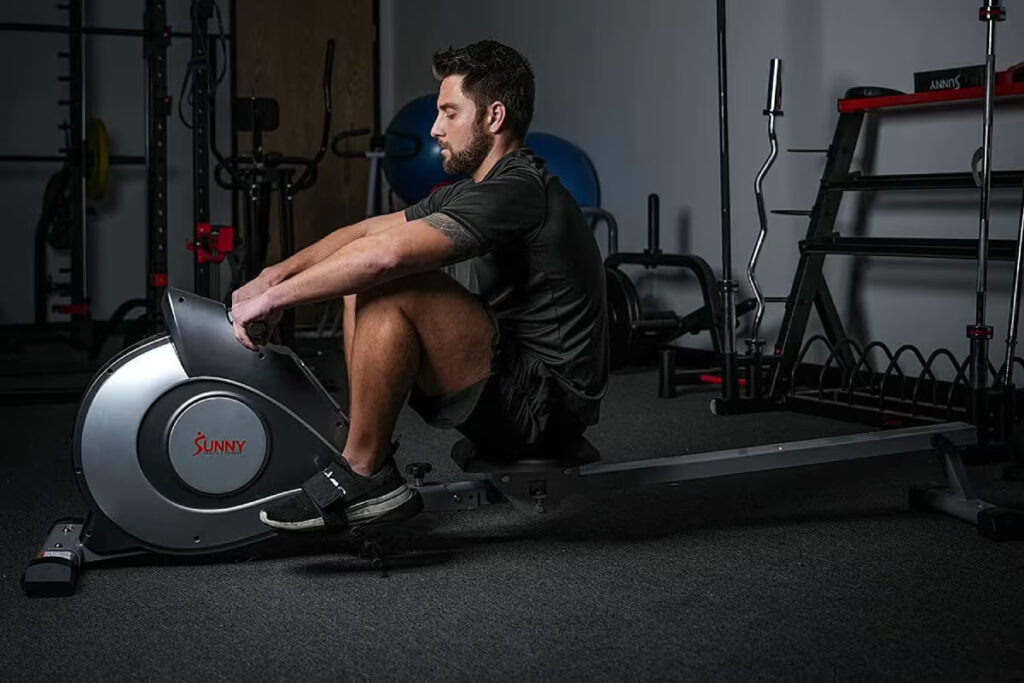
Could be better:
Our Recommended Product: Sunny Health & Fitness SF-RW5515
The SF-RW5515 stands out. This machine blends robust performance with user-friendly design, offering an impressive eight levels of adjustable resistance. The large LCD console ensures easy tracking of your progress, displaying time, count, calories, and total count.
The machine’s fully padded seat and non-slip grip handlebars provide a comfortable and secure workout. Its anti-slip foot pedals with adjustable straps keep your feet firmly in place, offering additional security during high-intensity rowing sessions. Despite its relatively compact size, the SF-RW5515 supports users up to 250lbs, making it a versatile choice for a wide range of users.
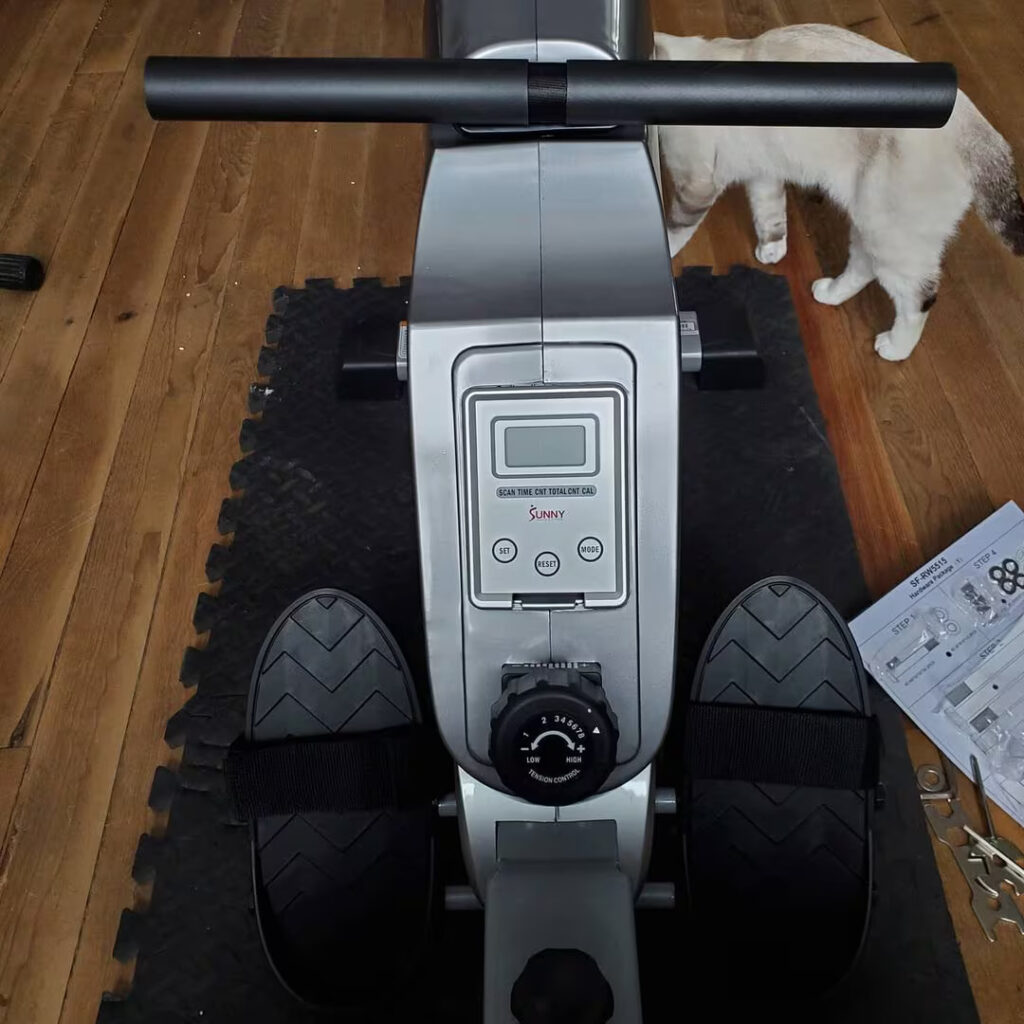
Finally, the built-in transportation wheels make moving and storing the machine a breeze. All in all, the SF-RW5515 offers a balance of convenience, performance, and value, making it a great choice for those looking for a magnetic resistance rowing machine.
3. Water Resistance Rowing Machines
Water resistance rowing machines deliver a workout experience that closely mirrors real-life rowing. Here are their key advantages and disadvantages:
Positives:
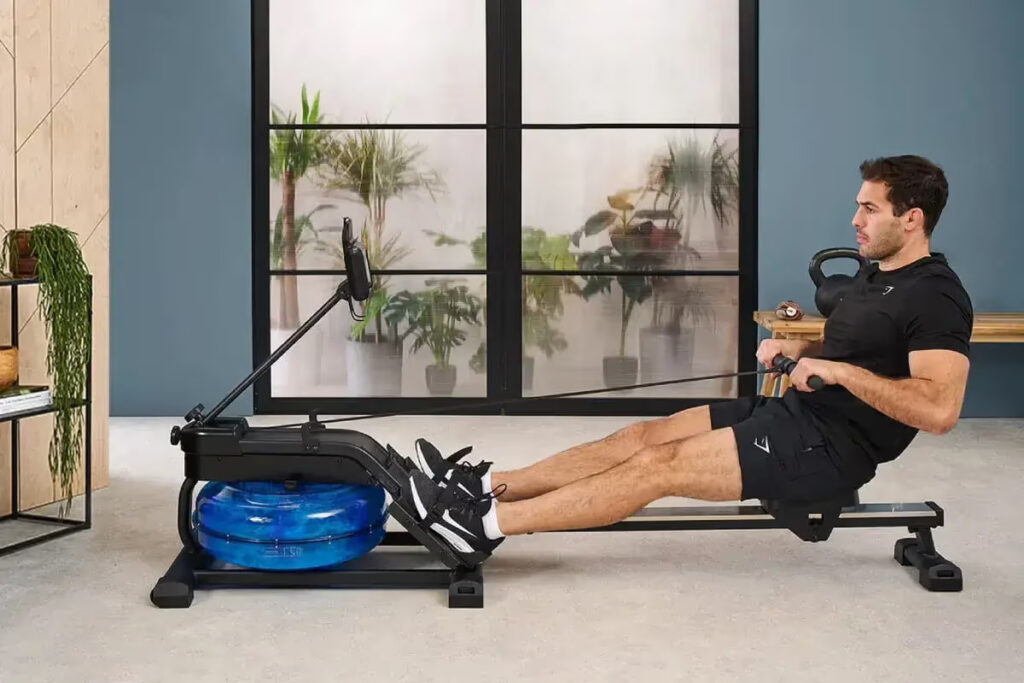
Could be better:
Our Recommended Product: Sunny Health & Fitness SF-RW5809
Our recommended water resistance rowing machine, the SF-RW5809, offers an unparalleled rowing experience with its water-resistance design. The water tank and flywheel together create a smooth, consistent rowing feel that mirrors the sensation of rowing in a lake or river. The machine’s sturdy frame can support users up to 300 lbs, while the comfortably padded seat, non-slip handlebars, and adjustable foot pedals ensure a secure and comfortable workout.
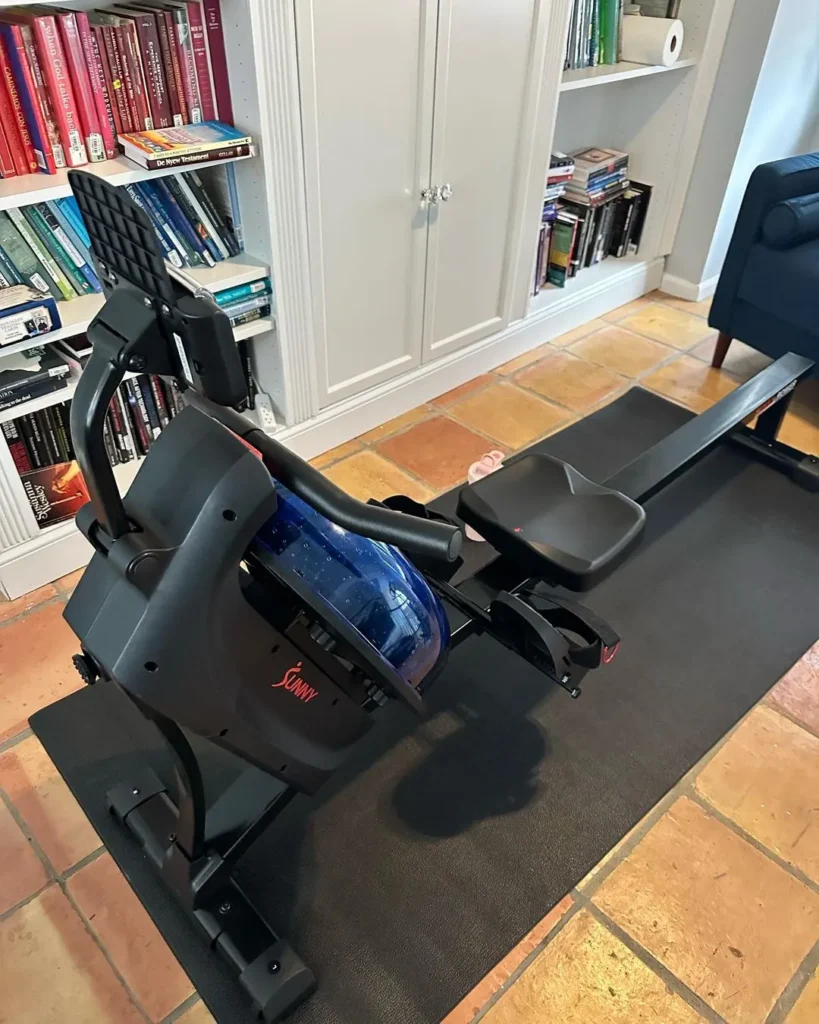
The built-in LCD monitor enables you to track your time, stroke count, calories burned, and strokes per minute, helping you monitor your progress. Notably, the machine includes wheels for easy transportation and a device holder for your tablet or phone, so you can stay entertained during your workout. The SF-RW5809 is a top pick for those seeking an authentic, engaging rowing experience at home.
4. Hydraulic Resistance Rowing Machines
Positives:
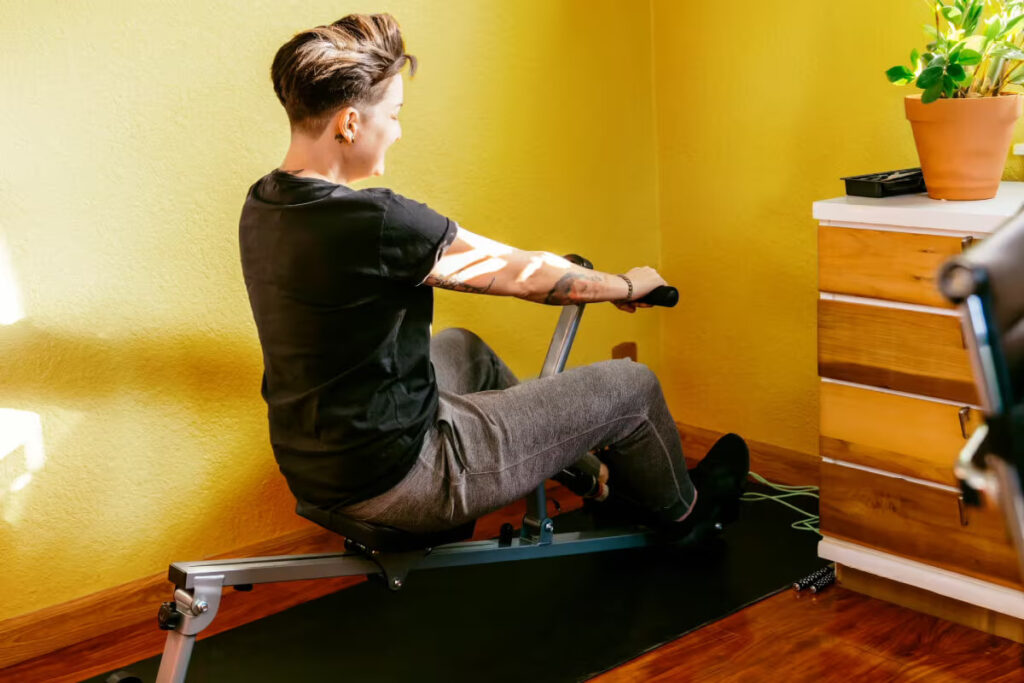
Could be better:
Our Recommended Product: Sunny Health & Fitness SF-RW5639
The SF-RW5639 stands out as a reliable choice for a hydraulic rower. This machine is designed to offer a full range of motion for a comprehensive, low-impact workout. It supports a higher weight capacity (up to 350 lbs), setting it apart from many other hydraulic models.
The machine’s wide, cushioned seat, non-slip handlebars, and large anti-slip foot pedals ensure comfort and stability during your workout. The 12 levels of adjustable resistance offer a range of workout intensities, accommodating beginners and more advanced users alike.
With its easy-to-read LCD monitor, you can track your workout time, row count, total count, and calories burned. Despite its compact size, this rower delivers an impressively robust and versatile workout.
How to Pick the Right Rower Type For You
Selecting the right rowing machine is a balance of multiple factors. Your fitness level and goals will inform your choice. In all, the main variable is this: how does the rowing machine work? Beginners may favor hydraulic rowers for their affordability and compact size. Advanced athletes or those training for a rowing competition might opt for air or water rowers for their realistic simulation of rowing. The purpose of your workout, whether it’s general fitness or sport-specific training, also matters.
Your body proportions and available space are practical considerations. Taller individuals or those with a larger build might need machines with a longer rail or wider seat. Hydraulic rowers are typically smaller, while air and water rowers can be larger, so consider your space constraints. Some rowers offer foldability or wheels for easy storage.
Budget plays a role as hydraulic and some magnetic rowers are generally more affordable, while air and water rowers can be pricier due to their complex mechanisms. Noise level is another factor. If you prefer a quiet workout environment, a magnetic rower is typically quieter, making it suitable for shared living spaces. Lastly, maintenance requirements differ. Hydraulic machines may need regular maintenance or replacement of the hydraulic cylinders, while magnetic rowers are virtually maintenance-free. Taking all these into account will help you find a rower that best suits your needs and goals.
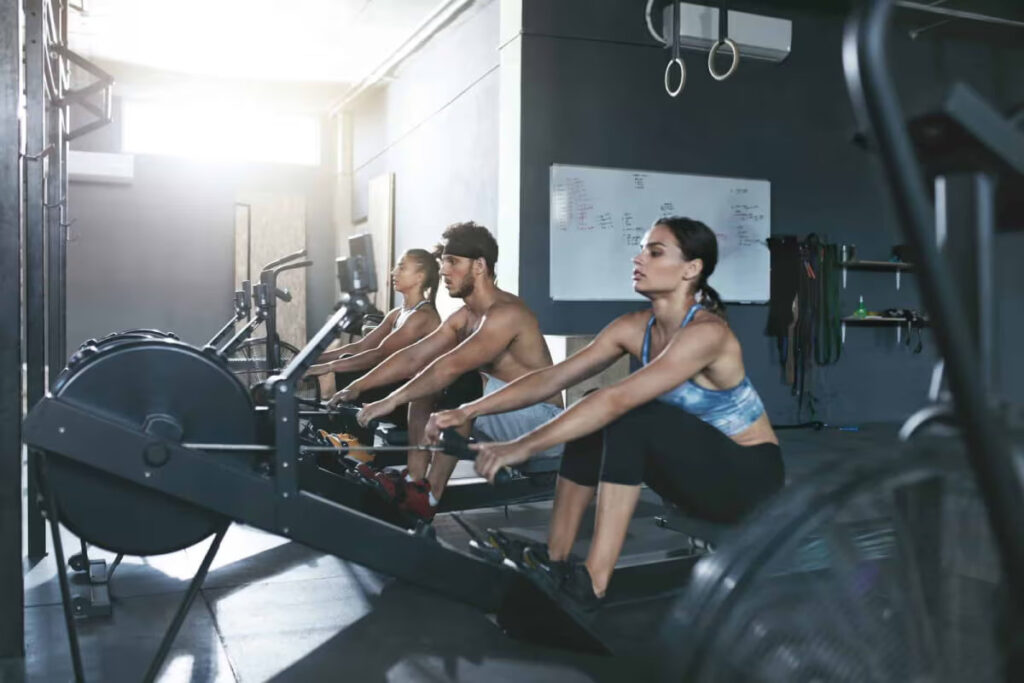
FAQ
How Does A Rowing Machine Work?
A rowing machine simulates rowing action, using various resistance types (air, water, magnetic, hydraulic) to provide a full-body workout.
Are Hydraulic Rowing Machines Effective For Weight Loss?
Yes, hydraulic rowing machines can effectively support weight loss by providing a low-impact, high-intensity workout that burns calories.
Conclusion
Rowing machines offer a complete body workout, and their variety ensures a fit for every fitness goal. Understanding the types of rowing machines and how they work is key to selecting the right one for you.
Have you ever used a rowing machine before? Which type do you prefer and why? Have you found our guide helpful in choosing the best rowing machine for your needs? We’d love to hear your thoughts and experiences in the comments below. Let’s continue the conversation!
Also read:
- Rowing Machine Benefits
- What Muscles Does a Rowing Machine Work
- Best Magnetic Rowing Machine
- Best Rowing Machine Under $500
- CONCEPT2 Model D Review
- Hydrow vs Peloton
- Best Recumbent Bike Rower
- Rowing Machine vs Treadmill
- Rowing Machine for Abs
References:
- Effect of Resistance Training Methods and Intensity on the Adolescent Swimmer’s Performance: A Systematic Review // NIH: https://pubmed.ncbi.nlm.nih.gov /35444975/
- Selecting and Effectively Using a Rowing Machine // Healthysd: https://healthysd.gov/ wp-content/uploads/2014/12/ selecting-and-effectively-using-a-rowing-machine.pdf
- Development of Magnetorheological Resistive Exercise Device for Rowing Machine // NIH: https://www.ncbi.nlm.nih.gov /pmc/articles/PMC4887648/
- Concept 2 Rower Evaluation and Rowing Workouts // Texas Department: https://www.dps.texas.gov/ section/training-operations-tod /concept-2-rower-evaluation-and-rowing-workouts
- An ergonomic comparison of rowing machine designs: possible implications for safety // NIH: https://pubmed.ncbi.nlm.nih.gov /11916892/
Why Trust Us?
With over 20 years in Olympic Weightlifting, our team does its best to provide the audience with ultimate support and meet the needs and requirements of advanced athletes and professional lifters, as well as people who strive to open new opportunities and develop their physical capabilities with us.
By trusting the recommendations of our certified experts in coaching, nutrition, dietology, and sports training programming, as well as scientific consultants, and physiotherapists, we provide you with thorough, well-considered, and scientifically proven content. All the information given in the articles concerning workout programming, separate exercises, and athletic performance, in general, is based on verified data. We ensure that you can rely on our professionals’ pieces of advice and recommendations that can be treated as personalized ones which will benefit you and fully meet your needs.
The product testing process is described in more detail here
Author: Ihor Shymechko
Pro Olympic Weightlifter, Coach
Best Results: Snatch – 208 kg,
C&J – 240 kg
Ihor has been a professional weightlifter since 1996, boasting over two decades of competition experience. His notable achievements include clinching the European Championship in 2009 and securing a silver medal in the 105kg division at the Senior World Championships in 2011. Ihor represented his country in the 2008, 2012, and 2016 Summer Olympics. After retiring from competitive weightlifting, he transitioned to coaching, leveraging his vast experience to guide athletes who now compete on both national and international stages.

